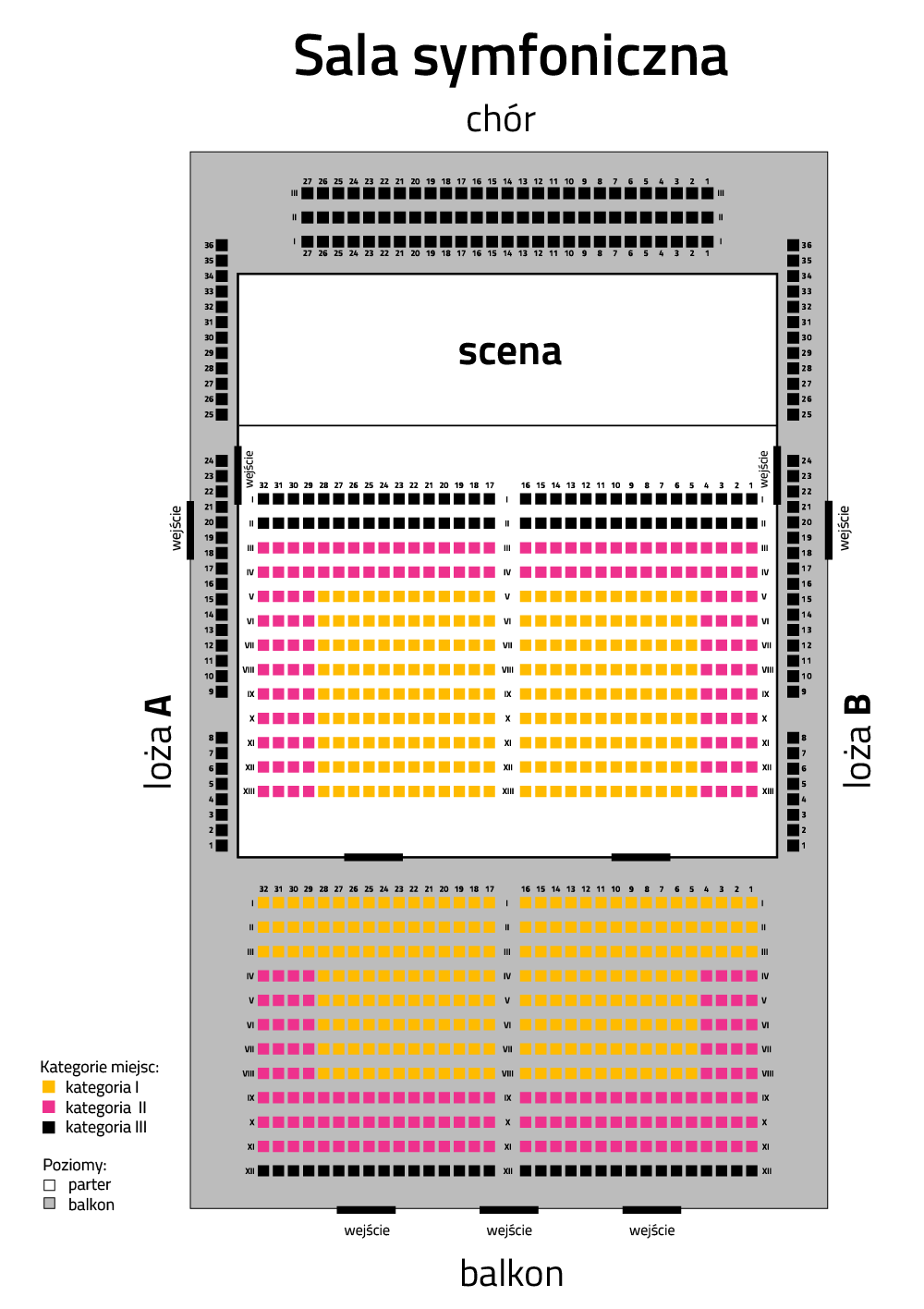The Russian soul is an indescribable and fascinating sphere – especially for Westerners. In Russian literature and art, the creators seem to be united in a seemingly contradictory way. This can be described as: to raise a toast over a grave, and to cry at a wedding. Similarly, it is just like in Russian music, in which grotesque joy appears in works written in times of terror, while love flourishes under the roar of war cannons. Although compositions of great Russian symphony writers, which will sound on Friday night, come from "innocent" times and so to say, carefree, they are not trivial. These are: the diploma work of Dmitri Shostakovich, or more precisely his Symphony No. 1, and the Rachmaninov Concerto No. 3, which is considered to be one of the most difficult in pianist literature.
Sergei Rachmaninov composed four piano concertos. The third in order is maintained in D minor key and dates back to 1909. Rachmaninov's piano captivates with the melodiousness of the extensive phrases to again show rhythmic and live themes. The first theme of Part I is exceptionally beautiful is, which is contrasted with a bit of joking thought. At the end of the first part of the concert, a virtuoso cadenza appears. Part II (adagio) is particularly charming in the middle episode, where a lively dialogue between the soloist, a clarinet and a bassoon takes place, with the accompaniment of the violin pizzicato. Also here comes the extended cadence, which leads to a busy and interesting sounding concerto finale. The premiere performance took place on November 29, 1909 in the United States with Rachmaninov on the piano and Walter Damrosch (American conductor and composer of German origin) on the conductor’s podium.
It took a while for the piece to enter the collection of most frequently performed concerto works, due mostly to the technical difficulty of the piano part. The best evidence is that Józef Hofmann, the pianist to whom the concert was dedicated, wasn’t in a rush to perform it (his hands being too small). This kind of problem will probably not be faced by the soloist of the Friday concert – Armenian artist Sergey Babayan. His professional career proves his preference and predisposition towards late-Romantic repertoire, not to mention a third prize at the International Chopin Competition in 2010 and victory at the International Peter Tchaikovsky Competition in Moscow a year later.
Rachmaninov’s and Shostakovich's music, though coming from the same cultural circle, takes on a completely different character. The political situation, and thus the cultural policy in Russia (then the Soviet Union) in the first decades of the 20th century was changing rapidly and radically. The art of the first decade of the century was rooted in the romantic and therefore slightly sluggish 19th century, while two decades later the creators had to deal with clear political directives. As a result, both the events preceding the October Revolution and the revolution itself made many artists emigrate. In 1917, Rachmaninov left. Later the homeland was abandoned by Sergei Prokofiev (1918), conductor Sergiusz Kusewicki (1920), Wassily Kandinsky (1921), Marc Chagall (1923) and Aleksander Głazunow (1928). Dmitri Shostakovich remained. Throughout his life he had to deal with the inhuman regime, his work balancing on the egde of fame and contempt, and even life and death. Symphony No. 1 is a composition created in the period 1924-1925 and it is the diploma work of Dmitri Dmitriyevich, a student of the Petrograd Conservatory. The successful premiere took place on 26 May 1926 at the Leningrad Philharmonic. In a four-piece classical form, Szostakowicz shows a great management of the orchestra (he even worries that this work goes too easily). One can also hear that Shostakovich was fascinated with Prokofiev and Stravinsky at the time.
Two Russian composers and two faces of the Russian soul. The last echo of musical romanticism and the author whose fame, unfortunately, threatened … Stalin himself.
------------------------------
Mikołaj Rykowski PhD
Musicologist and clarinetist, doctorate, and associate at the Department Music Theory at the Paderewski Academy of Music in Poznań. Author of a book and numerous articles devoted to the phenomenon of Harmoniemusik – the 18th-century practice of brass bands. Co-author of the scripts "Speaking concerts" and author of the spoken introductions to philharmonic concerts in Szczecin, Poznań, Bydgoszcz and Łódź.



